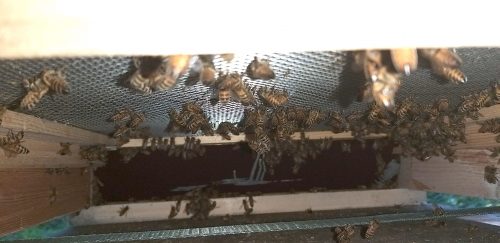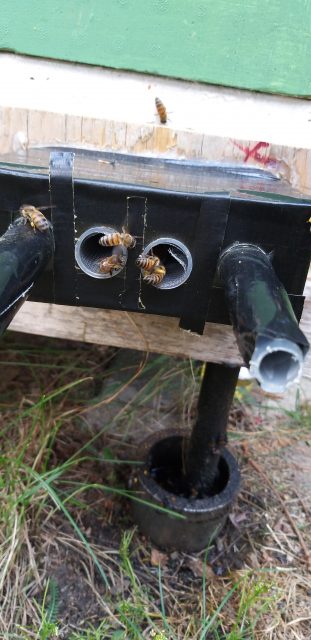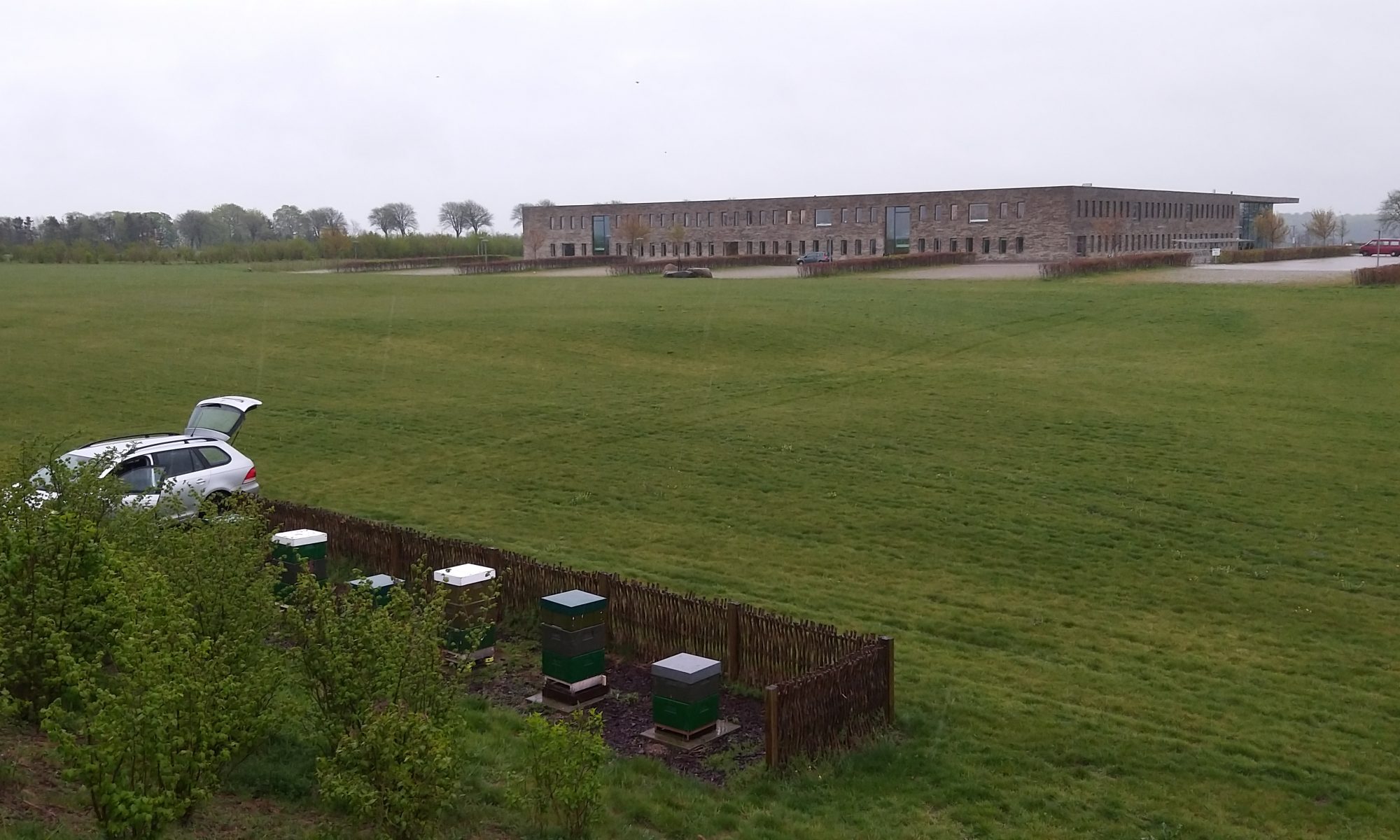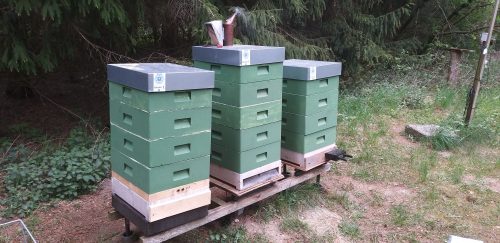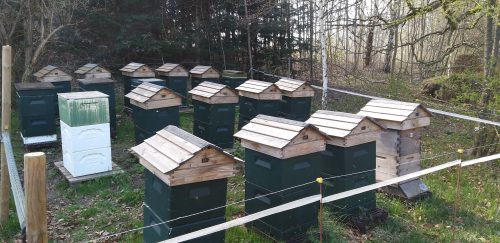
In the INSIGNIA project, we do look very closely into the colonies as a natural part of the project. At the last sampling we found Deformed Wing Virus (DWV) in one of the INSIGNIA colonies. DWV is associated to a heavy varroa load. In this case we saw several bees with DWV, indicating that the colony did overwinter with to high mite load. Asking the beekeeper, we recognized that he has been experimenting last year using fewer treatments. As new treatment he used oxalic acid evaporation in December. Normally we regard an oxalic acid tricking as very effective in the time of bloodless colonies. Either the evaporation was not effective or there was a relatively large amount of varroa in the colony end December. Normally we say that having DWV in the colony, it is too late to threat. Anyway, beekeeper decided to make a total brood removal in the colony, to see if it is possibly to make it healthy.
Flemming Vejsnæs


